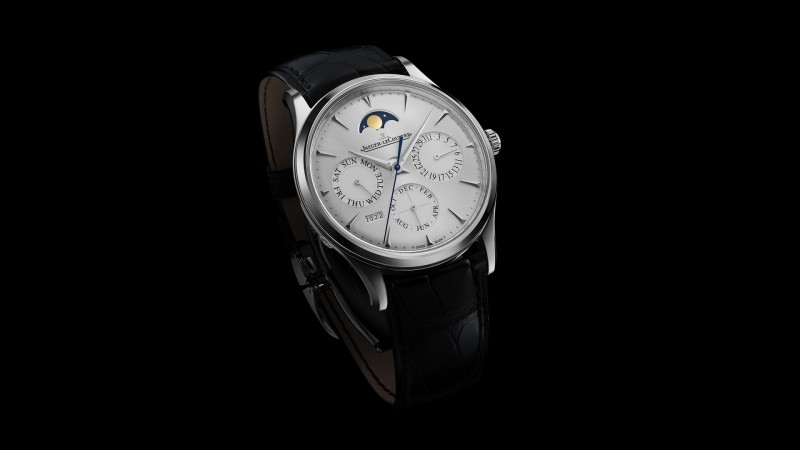
Jaeger-LeCoultre’s Master Ultra Thin Perpetual Calendar hits the big screen again, in the highly anticipated supernatural adventure Marvel Studios’ Doctor Strange in the Multiverse of Madness, releasing in U.S. theaters May 6, 2022, directed by Sam Raimi and starring Benedict Cumberbatch.
Originally introduced in Marvel Studios’ Doctor Strange (2016), the watch continues to play an intrinsic part in the story of the title character played by Benedict Cumberbatch, a long-time Friend of Jaeger-LeCoultre. An essential reference at several key points during Doctor Strange’s journey into the mystic arts, the watch serves as a tangible reminder of meaningful events from the character’s past and present.
The Jaeger-LeCoultre Master Ultra Thin Perpetual Calendar embodies a serene physical presence, traditional roots, and steady measurement of linear time. The perpetual calendar seems a particularly appropriate complication, with its display of multiple timelines on the dial and its ability to indicate the correct date over the course of many lifetimes. The sober elegance of the Master Ultra Thin Perpetual Calendar and its timeless classicism provides a form of emotional anchor in a world of constant change.
Measuring 39mm x 9.2mm and offered in pink gold or steel, the Master Ultra Thin Perpetual Calendar is the epitome of refinement and contemporary elegance. Its finely balanced dial features a moon-phase display at 12 o’clock and calendar indications on three sub-dials – each slightly recessed to add a subtle note of visual complexity. The movement, Jaeger-LeCoultre Calibre 868, was entirely developed and produced in-house and features fine-watchmaking decoration such as Côte de Genève striping, perlage (circular graining), and polished and bevelled edges. Through the transparent sapphire case-back, an open-worked pink gold winding rotor allows a clear view of the movement. A highly complex mechanism, the perpetual calendar takes into account the irregularities of the calendar, automatically adjusting for months of different lengths and for leap years. So long as it is kept wound, a perpetual calendar needs no adjustment until 2100 and then not for another 400 years.




0 comments